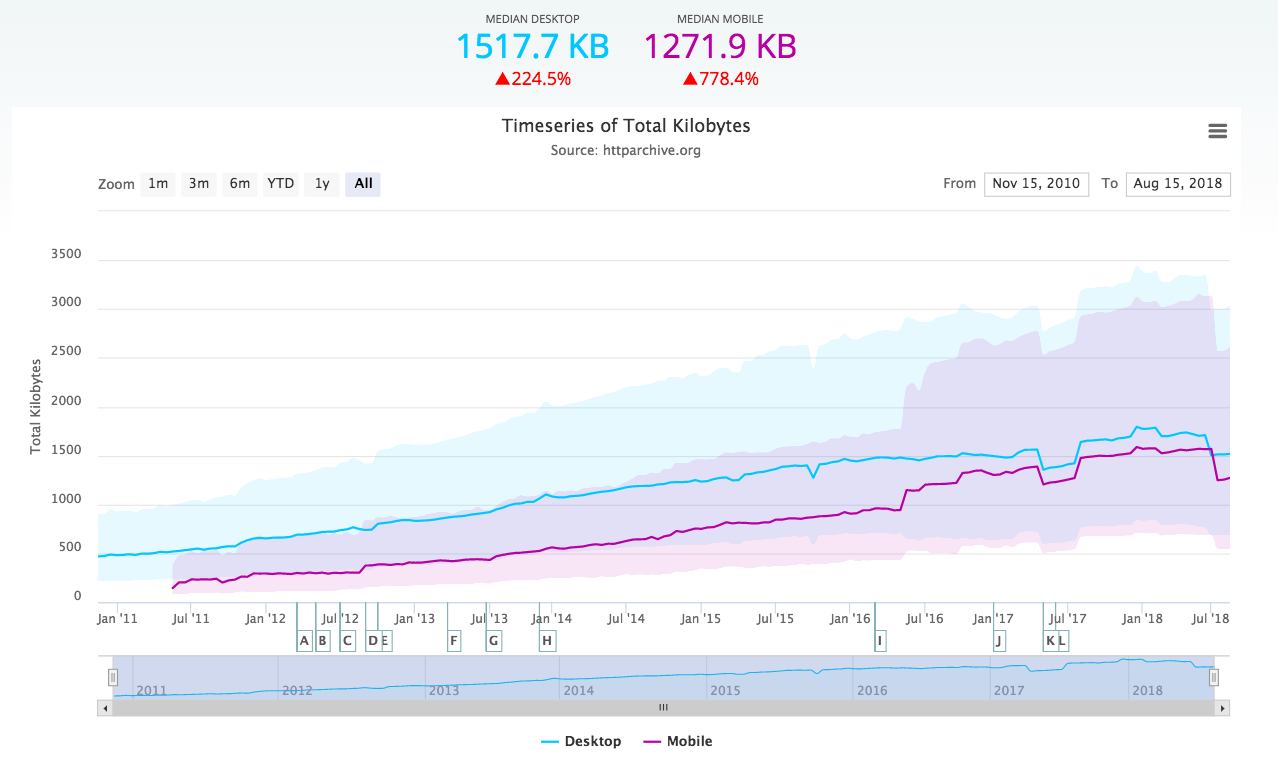 Few have managed to make better use of the Open Source model than Mozilla, and we recently saw some very impressive numbers on how much of the work on Firefox and other Mozilla products is done by volunteers compared to its internal staff (emphasis in the quote below added by us).
Few have managed to make better use of the Open Source model than Mozilla, and we recently saw some very impressive numbers on how much of the work on Firefox and other Mozilla products is done by volunteers compared to its internal staff (emphasis in the quote below added by us).
Even as Mozilla’s internal staff has grown to 250, from 15 in 2005, an army of volunteers still contributes about 40% of the company’s work, which ranges from tweaks to the programming code to designing the Firefox logo.
Since we are a naturally curious bunch here at Pingdom, we had to ask ourselves how much the time that these volunteers contribute is actually worth in terms of money.
Doing the math
If 40% of the work is done by volunteers and Mozilla’s internal workforce consists of 250 people, those 250 people do 60% of the work. The equation we get from this is 0.60x = 250 (x being the paid AND unpaid workforce), which if we solve it gives us that Mozilla’s effective workforce is the equivalent of 417 full-time employees if you count in the work done by volunteers as well. This should mean that the volunteers do roughly as much work as 167 full-time employees (40% of 417 people).
That’s millions of dollars in man hours every year that Mozilla benefits from. We’re of course just playing with numbers here, but it’s interesting to have some form of estimate of what all this free time is worth financially.
(Just to be clear, a lot more than 167 people will be contributing. We’re talking about the EQUIVALENT of 167 full-time employees in terms of work put in.)
Open source love
There can be no doubt that Mozilla has managed to tap into that special current that makes open source development very different from its closed source counterparts. People not only CAN join in, they WANT to.
Making it easy to join in is of course important, so Mozilla has made it very easy for people to help out with everything from coding to bug testing, and there’s even a marketing community for Mozilla software.
It would be interesting to see some numbers for other similar open source companies. Apparently Mozilla’s volunteer rate is unusually high.




























